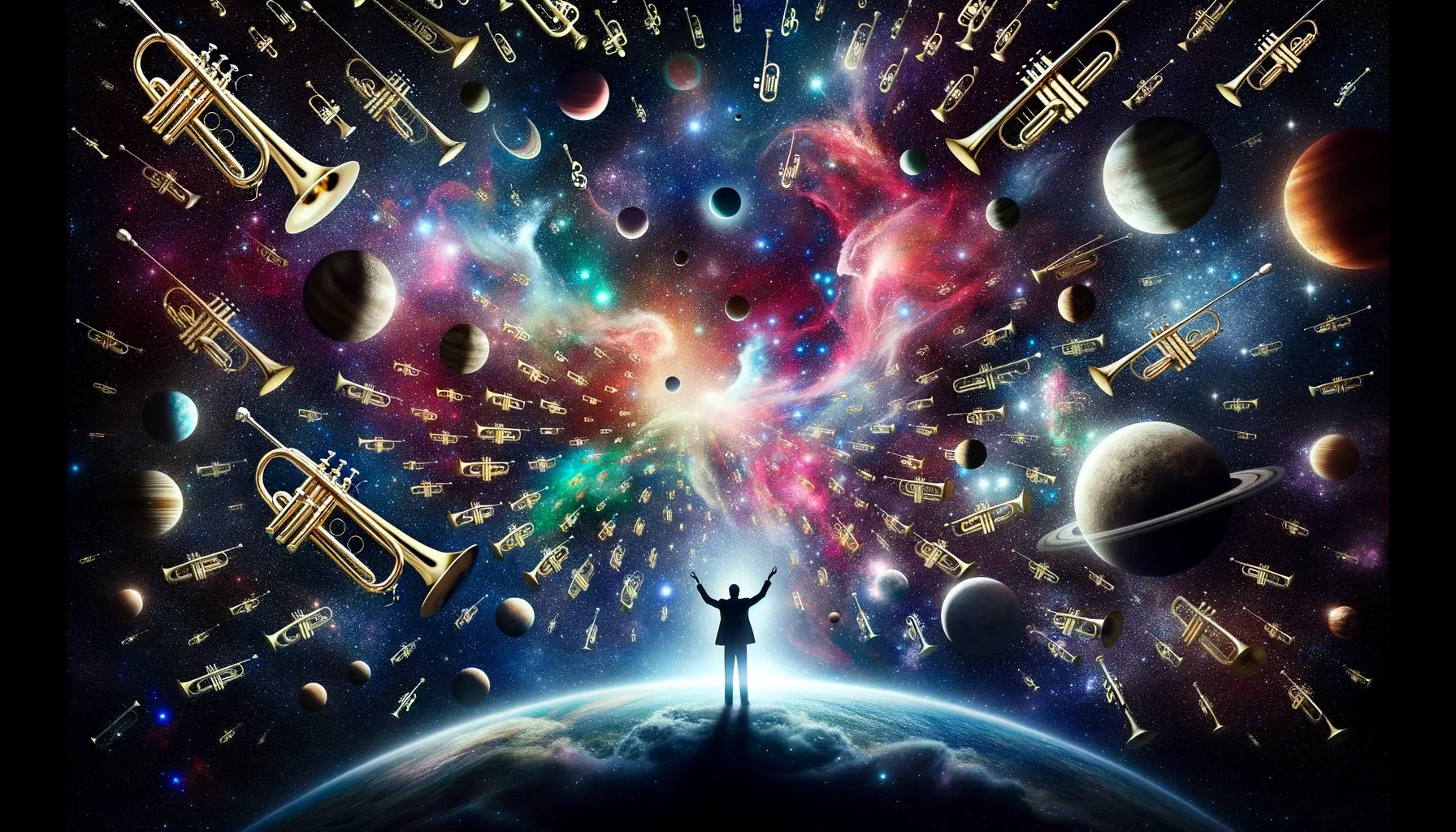
Cosmic Harmony - Understanding Our Universe Through Music
Our universe is a symphony, a complex composition of movement, matter, and energy. From the orbital ballet of planets and moons to the elemental fusion heartbeats within stars, every aspect of the cosmos follows a rhythm, an order amid the chaos, much like music. "Cosmic Harmony" is not just a poetic metaphor; it's a lens through which we can explore and understand the intricate dynamics of our universe. By correlating cosmic phenomena with musical concepts, we can grasp the otherwise intimidating scales and forces at play in the space surrounding us.
The Symphony of the Stars
Just as every instrument in an orchestra contributes to a symphony, every celestial body adds to the cosmic melody. The stars, with their nuclear fusion cores, are like brass instruments, bold and dramatic. They command attention, not just with their light, but with the vital role they play in the universe's lifecycle, birthing elements in their fiery crucibles.
Orbital Resonance: The Cosmic Rhythm Section
Planets and their moons can be likened to the rhythm section. Their orbital resonances are similar to the timekeeping of percussion instruments. The concept of orbital resonance blends music and astronomy, showing how celestial bodies interact rhythmically, much like musical instruments in harmony. This rhythm is not just an abstract idea; it governs the stability of planetary orbits and even the potentially habitable "Goldilocks zones" around stars.
Cosmic Microwave Background Radiation: The Universal Chorus
The Cosmic Microwave Background (CMB) radiation, the afterglow of the Big Bang, is the universal chorus. It's the underlying harmony upon which the rest of the cosmic music is built. Understanding the CMB allows scientists to piece together the universe's origin story, much like recognizing the chorus or theme of a song helps us understand its context and meaning.
Gravitational Waves: Echoes of Cosmic Cataclysms
Recent advancements have allowed us to "listen" to the universe in a new way through the detection of gravitational waves. These ripples in spacetime, caused by violent cosmic events, carry information about their origins and about the nature of gravity that we can't obtain through traditional astronomy. They are the echoes of cosmic cataclysms, the drum solos that command our attention with their intensity.
Harmonizing with the Cosmos: The Human Connection
What does this cosmic concert mean for us, the listeners? Understanding the universe through music connects us to the cosmos on a fundamental level. It allows us to see that we're not just passive observers of the universe; we're active participants. Our actions and discoveries, much like music, are ways we engage with and contribute to the universe. They're expressions of our place in this grand, cosmic composition.
"Cosmic Harmony" reiterates that the laws governing the skies are not just clinical postulates but are vibrant, dynamic, and, in a way, musical. This perspective doesn't just bring the stars closer; it makes them sing, in a melody that has been ongoing for billions of years. And now, more than ever, we're equipped to hear and appreciate this celestial performance, and perhaps, join in the cosmic dance.




